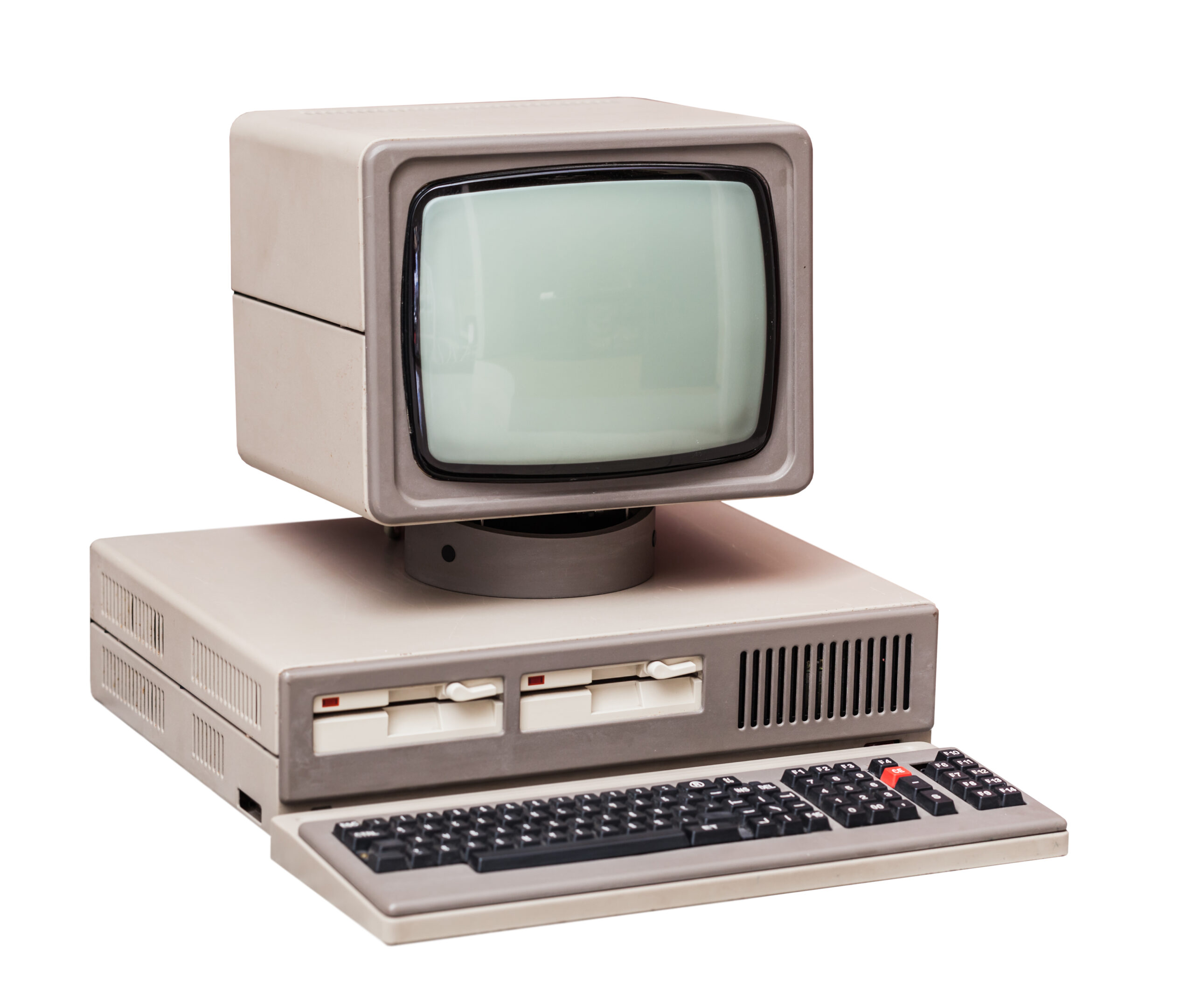With support solutions for the home and office, My Computer Works is here to help you get back to your life.
Troubleshooting The Windows Grey Screen

Article Summary:
- Common Causes and Fixes for the Grey Screen: The grey screen, or “grey screen of death,” can be caused by various issues like faulty startup settings, hardware problems, or outdated drivers. Users can try methods such as force shutting down, using Windows recovery mode, or troubleshooting through built-in tools.
- Do-It-Yourself Troubleshooting Tips: For users who prefer to resolve the issue on their own, a few methods, like force shutting down, accessing recovery mode, and using the built-in troubleshooting tools, can help. However, these steps may carry risks, such as potential data loss.
- Resetting the PC as a Last Resort: If all else fails, resetting the PC through recovery mode may resolve persistent issues. This option allows users to restore the system, with the possibility of keeping personal files, depending on the reset choice.
Every computer user has encountered some dreaded mechanical omen at some point in their lives, from the spinning pinwheel on a Mac to the grey screen on a PC. Both the wait and the dread that comes with either can be absolutely paralyzing and completely panic-inducing.
The pinwheel and the grey screen are so feared by computer users they’re often referred to as the “pinwheel of death” and the “grey screen of death.” Could there be anything worse? Actual computer death would be, we suppose.
But, all hope is not lost, even when it seems to be.
Windows 10, being used by more than 1.4 billion monthly active devices, seems to be particularly vulnerable to the grey screen mishap. There are a number of potential reasons why the grey screen of death appears, from faulty startup settings to hardware issues to outdated graphics cards.
As experts in computer repair and IT support, the professionals at My Computer Works would encourage users who encounter this frustrating technical difficulty to reach out to us and let us handle the situation. It saves users valuable time and unnecessary frustration with PC repair.
But, for those who would rather go it alone, there are some steps at-home users can try on their own. Also, please know, if you decide to troubleshoot on your own, you may risk losing data.
Force a shut down. Make sure all external devices and drives are removed and force your computer to shut down by pressing and holding the power button. This is just the first and most often suggested remedy for technical issues.
Shut down as Windows loads. If the first attempt at a shut down doesn’t fix the grey screen, try shutting the computer down as Windows loads by pressing and holding the power button for 5-10 seconds. If you do this three times, Windows will revert to a recovery mode.
Help Windows fix its own problems. If your computer allows you to, navigate to the path that allows you to select Troubleshoot > Advanced Option > Startup Repair. This option triggers Windows to repair itself.
Turn back time. If your computer allows you to, navigate to the path that allows you to select Troubleshoot > Advanced Option > System Restore. This maneuver, if successful, could allow you to find a restore point that is before the system started experiencing the grey screen problem.
Go to safe mode. If a restore point can’t be located, restart your computer and press the button that gets you to “safe mode.” Most often it’s the F4 button. Once there, backup whatever data your computer allows you to and navigate to the Device Manager to update as many drivers as possible. Restart again once that is completed.
Reset. If none of these options work, it’s possible the computer simply needs a reset. Press and hold the power button after a restart as Windows is starting, three times, to get to the recovery mode. Once there, navigate to Troubleshoot > Advanced Options > Reset this PC. Then follow the prompts that ask about saving files.
If any of this seems too daunting or complicated, don’t hesitate to reach out to us at My Computer Works. We’re happy to help with all of your computer repair needs.
Contact us to learn more about how our computer experts can offer you ongoing support for any issues you’re experiencing!

